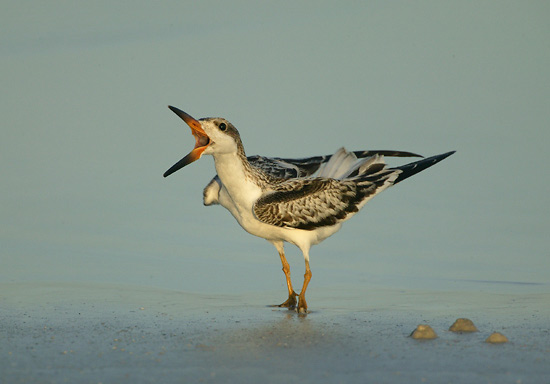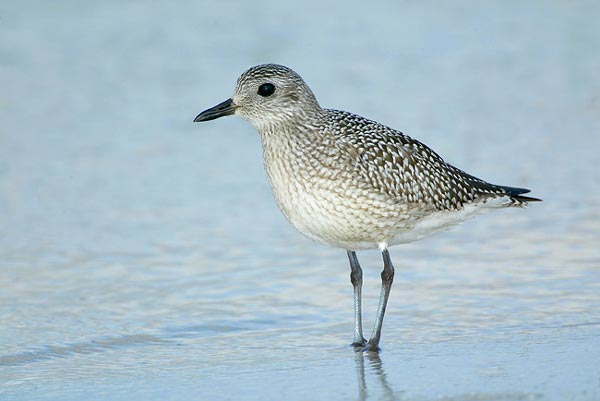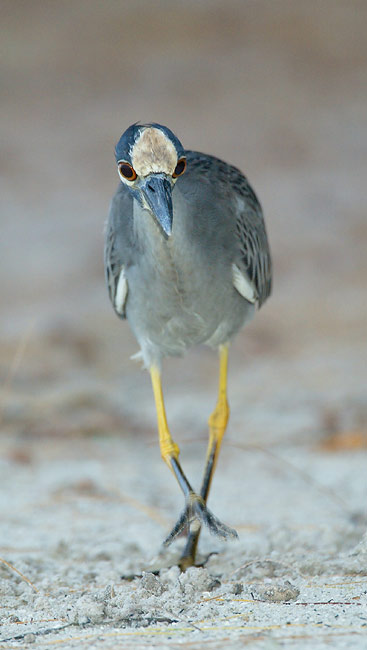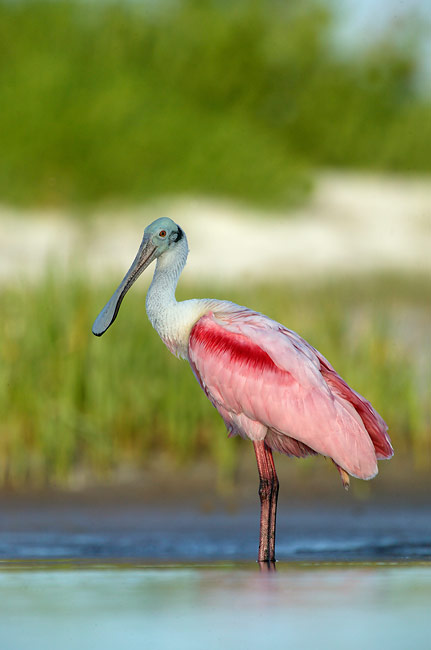Visit: www.birdsasart.com

I am proud to announce that I have been invited to do a Breakout Presentation at the North American Nature Photography Association's 10th Anniversary Summit in Portland, OR (January 21-24.) The program will be entitled "Discovering Digital; Digital Discoveries." I was at NANPA's formative meeting in Jamestown, NY and have been to all but one of the annual meetings--I missed Las Vegas...
For more information on the Summit, visit:
http://view.exacttarget.com/?j=189510&l=77360_HTML&e=birdsasart@verizon.net
.....

Black-bellied
Plover, Fort DeSoto
Park, FL
Image copyright 2003
Arthur Morris/BIRDS
AS ART
Canon 500mm f/4 L IS lens with 2XII TC and EOS 1Ds camera body. ISO 200. Evalutaive metering at zero set manually: 1/500 sec. at f/8. Fill flash at -2/3.
I fly to Louisville, KY to photograph on my friend Neil Kaufman's farm for four days and then fly to Southern California for the LA Photo Weekend (NOV 1-4, 2003) For information, visit:
http://www.birdsasart.com/laphotoweekend.htm
As I will not be back in the office until NOV 7, I will be unable to respond to most e-mails until then. As always, Lois Smith will be hear to handle your mail order needs. Thanks, BTW, to all of our valuable customers; we sell only the things that I use on a daily basis, and our policy is to price everything that we carry as low or--in most cases--lower than it is available anywhere else...
MORE ON INTERMEDIATE TELEPHOTOS; MISSED ONE?
The following is paraphrased from and e-mail that I received from subscriber Ty Smedes:

Image copyright 2003 Arthur Morris/BIRDS AS ART
With high ISO images made with flash and converted in Breezebrowser, noise (the digital version of grain in film), is barely evident. Part of the beauty of digital is the ability to switch ISO from one frame to the next as needed!

Roseate Spoonbill in early morning
light, Fort DeSoto Park, FL
Image copyright 2003 Arthur
Morris/BIRDS AS ART
Canon 500mm f/4 L IS lens with 2XII TC
and EOS 1Ds camera body. ISO 200.
Evalutaive metering at zero set
manually: 1/500 sec. at f/8. Fill
flash at -2/3.
Artie
Note: Arthur Morris has been a Canon contract photographer since 1994 and continues in that role today. Hunt's Photo of Boston, MA is a BIRDS AS ART sponsor, as is Delkin Devices. Do feel free to forward this Bulletin to one or more photographer-friends. Those wishing to subscribe click here mailto:http://birdsasart.us1.list-manage.com/subscribe?u=94ad23bd96f48a1de2ca612b3&id=bdb4a511a0?subject=subscribesubject=subscribe If you received this bulletin in error, or would like your name removed from the subscriber list click here birdsasart@verizon.net?subject=unsubscribe Back issues of relevant Bulletins are archived on the web site at: http://www.birdsasart.com/bn.html